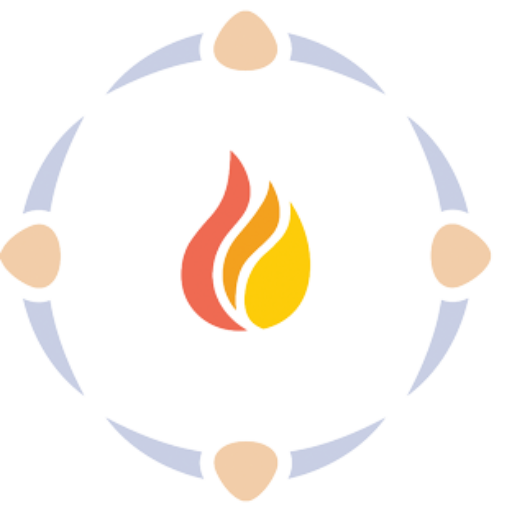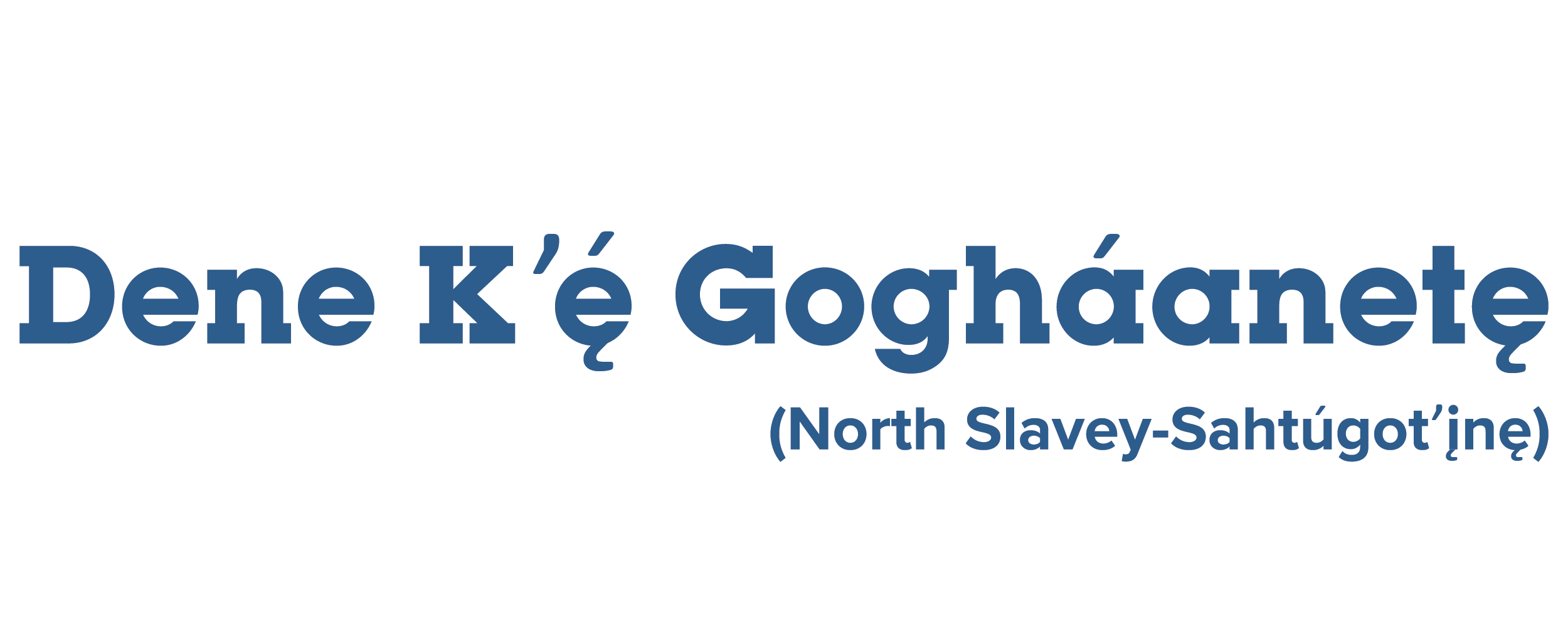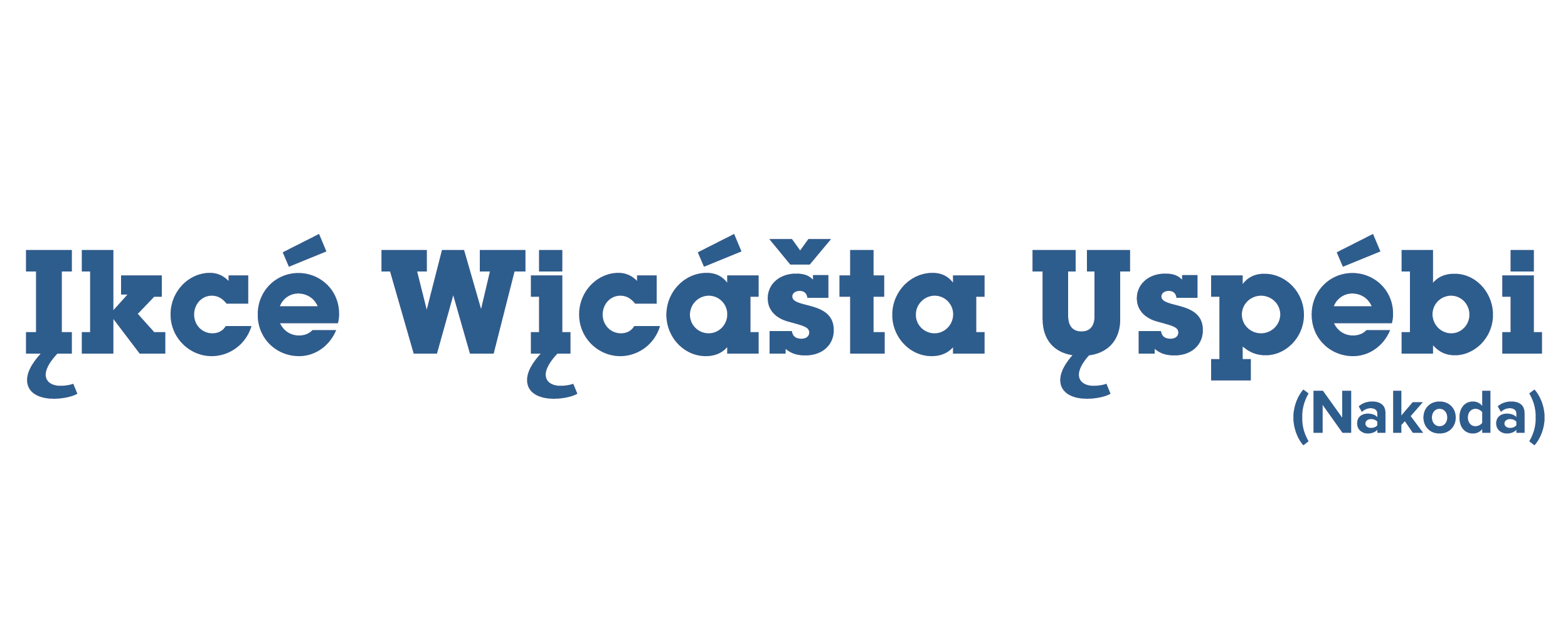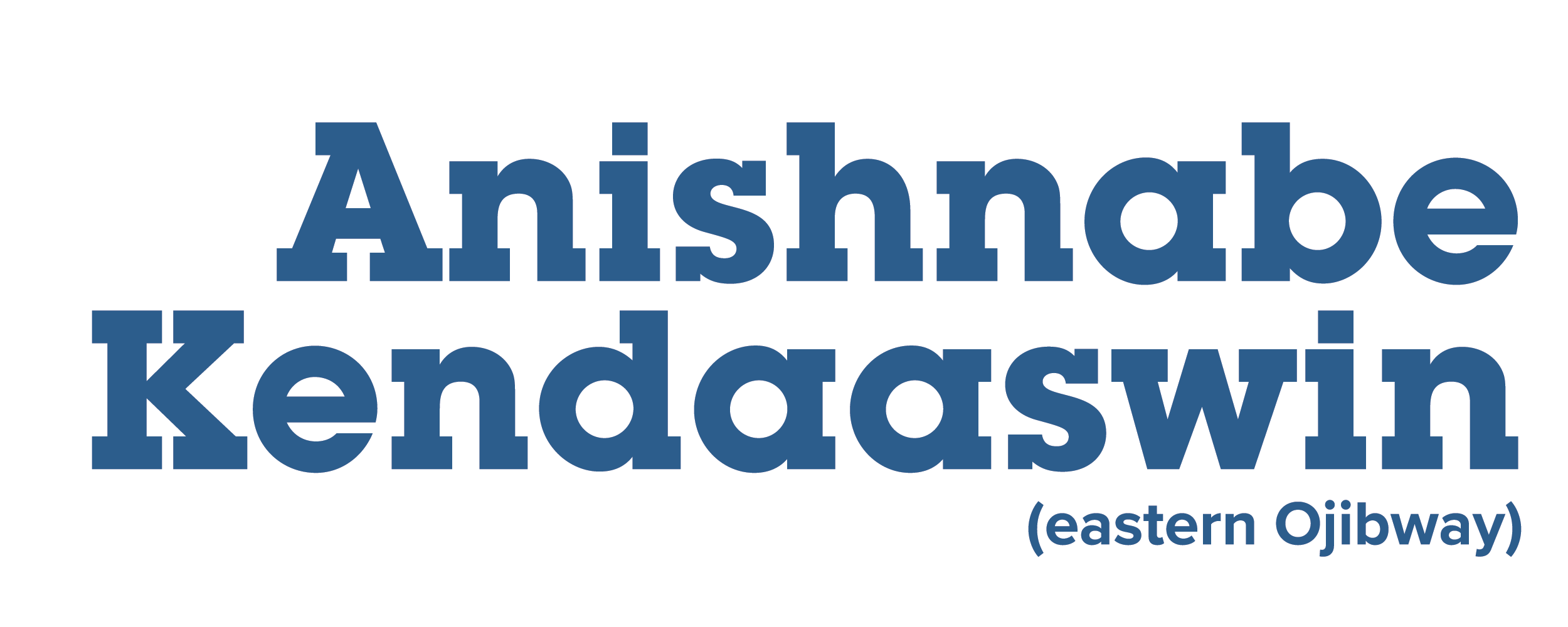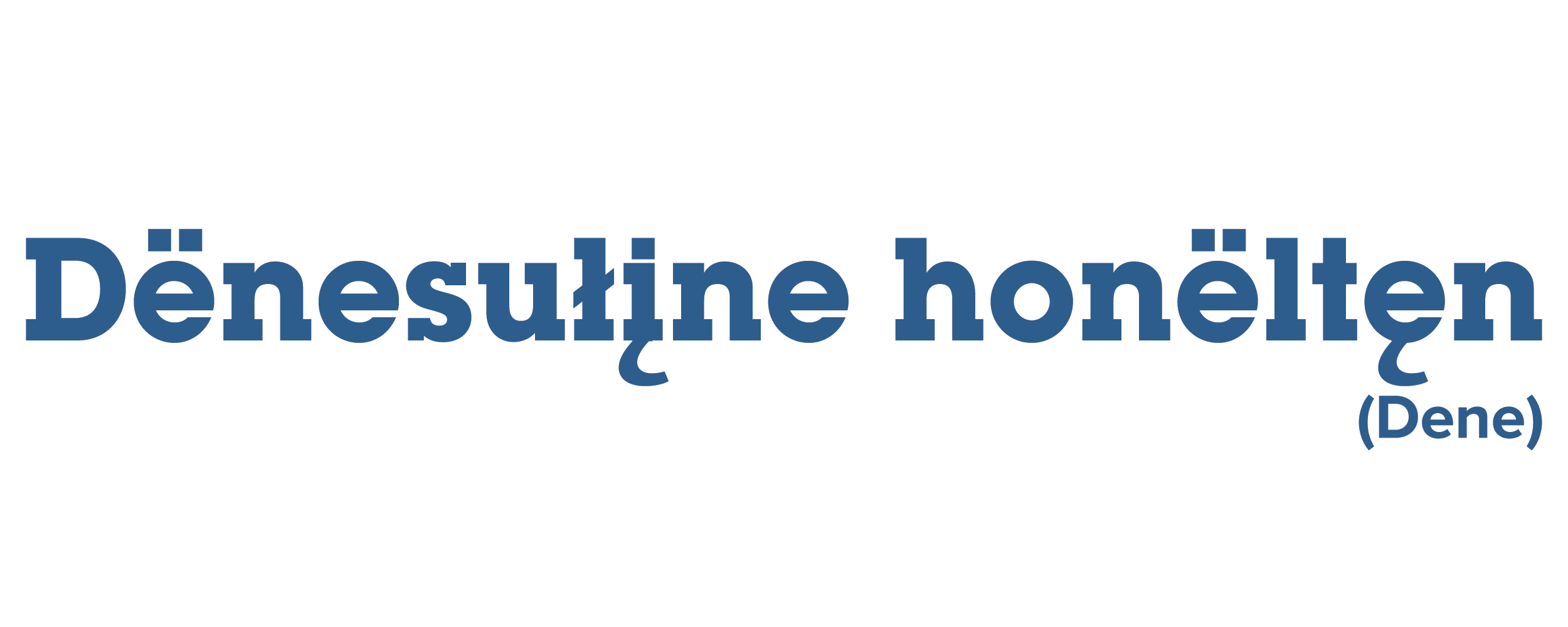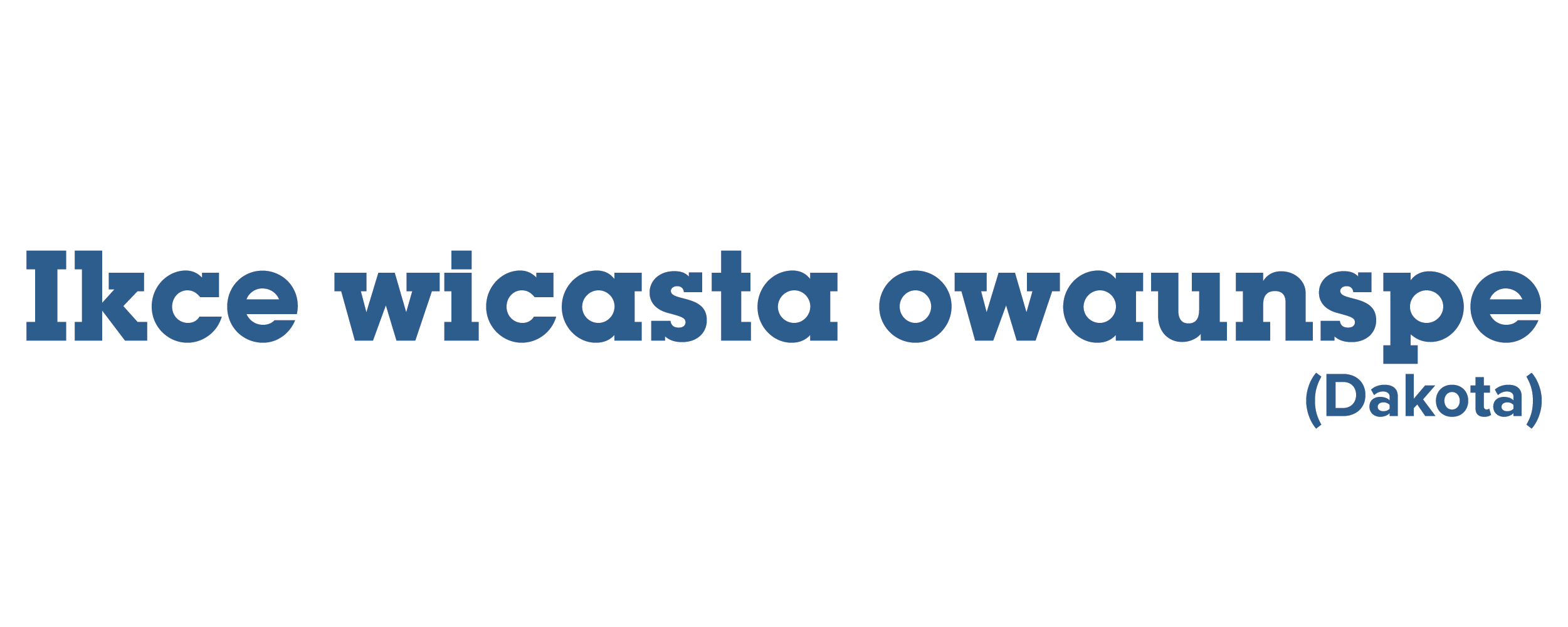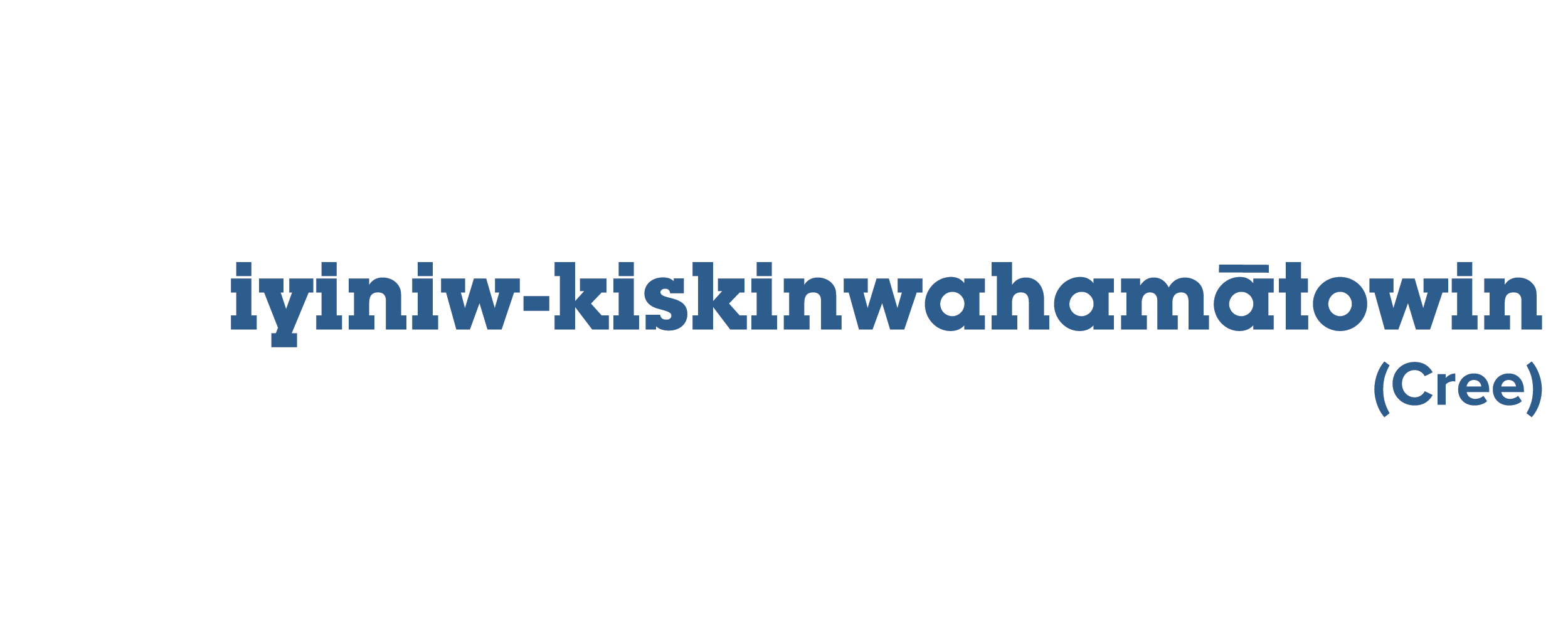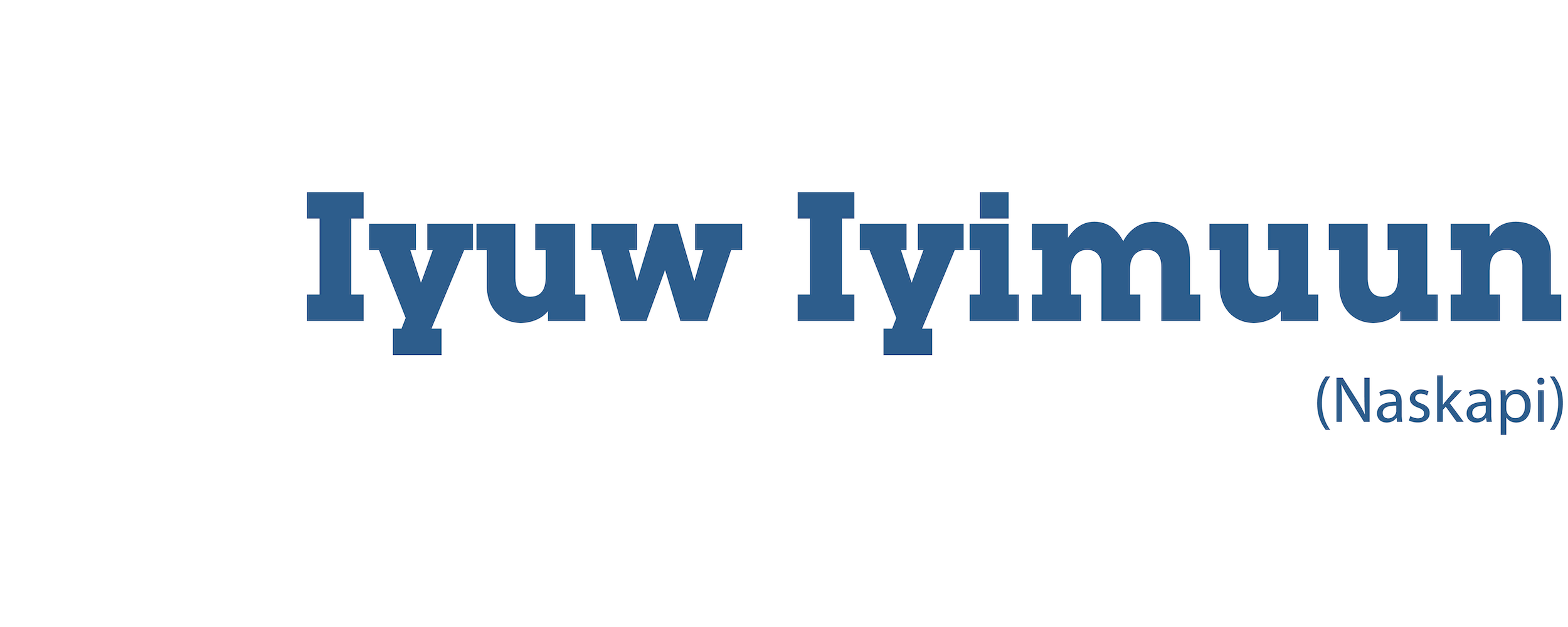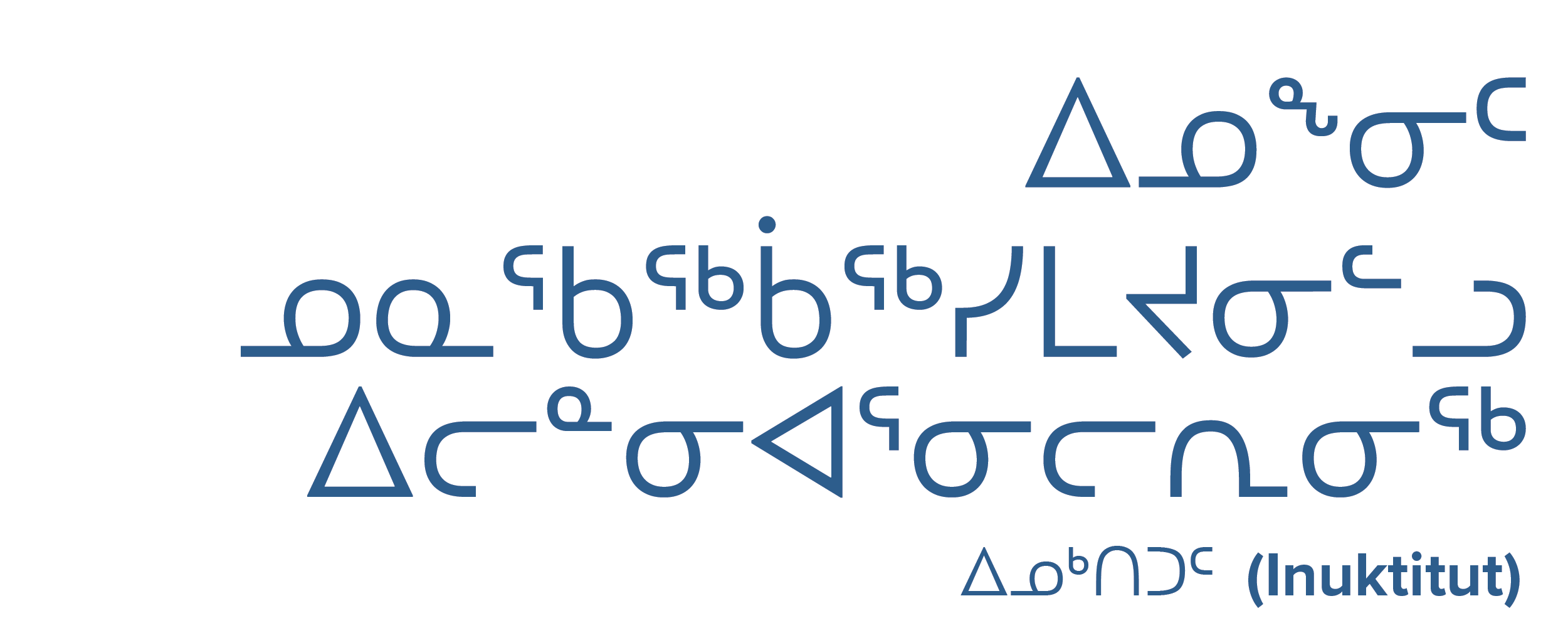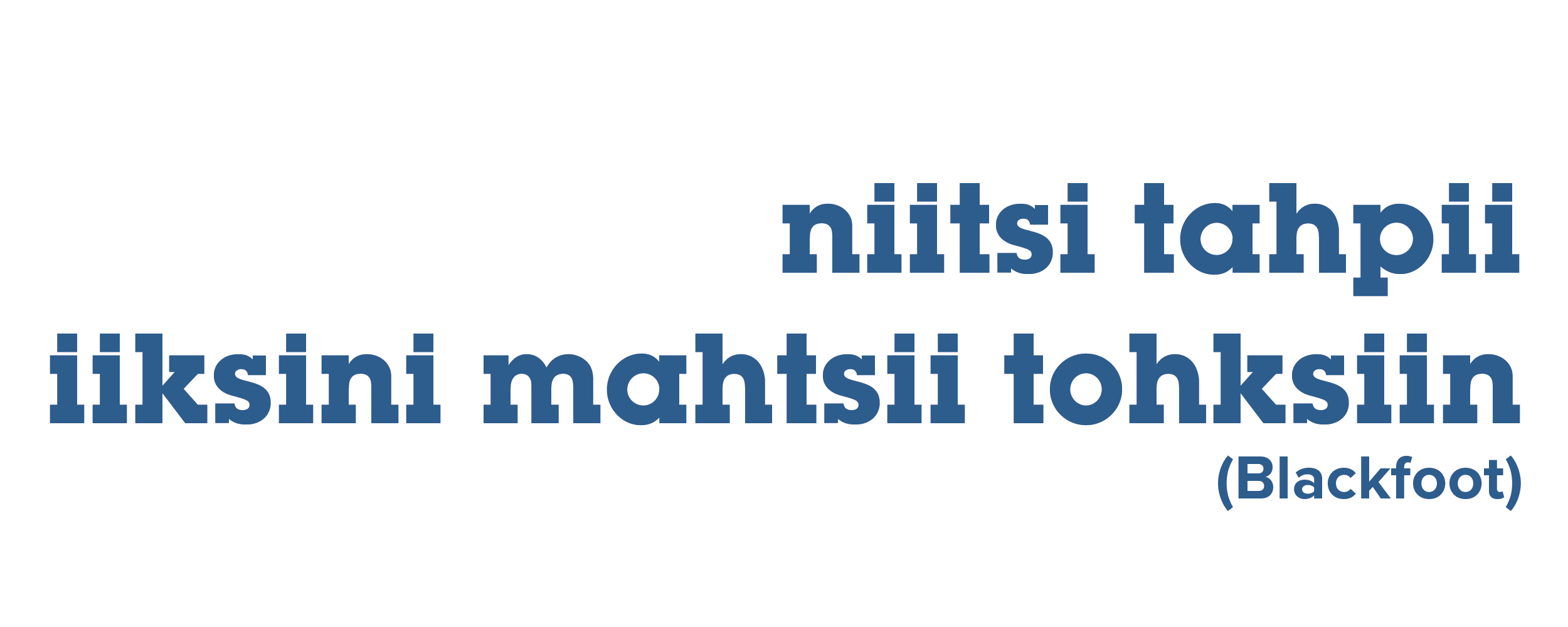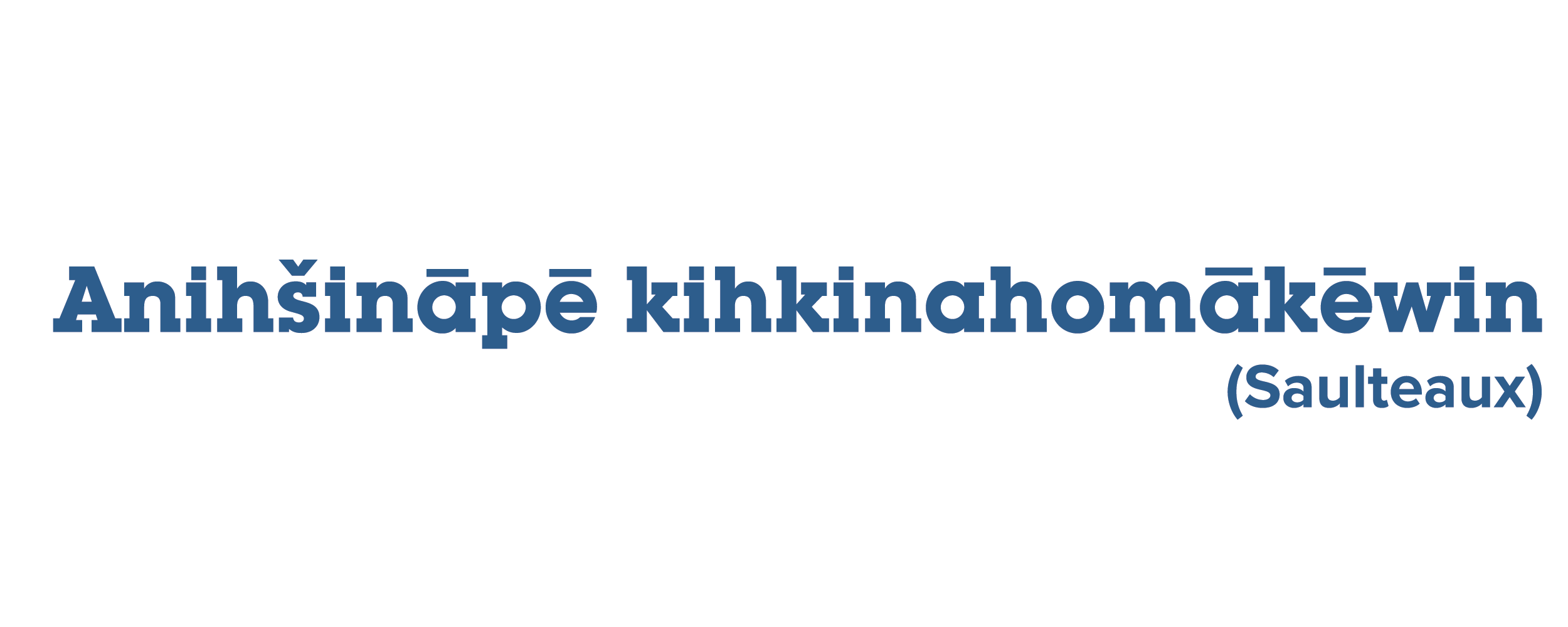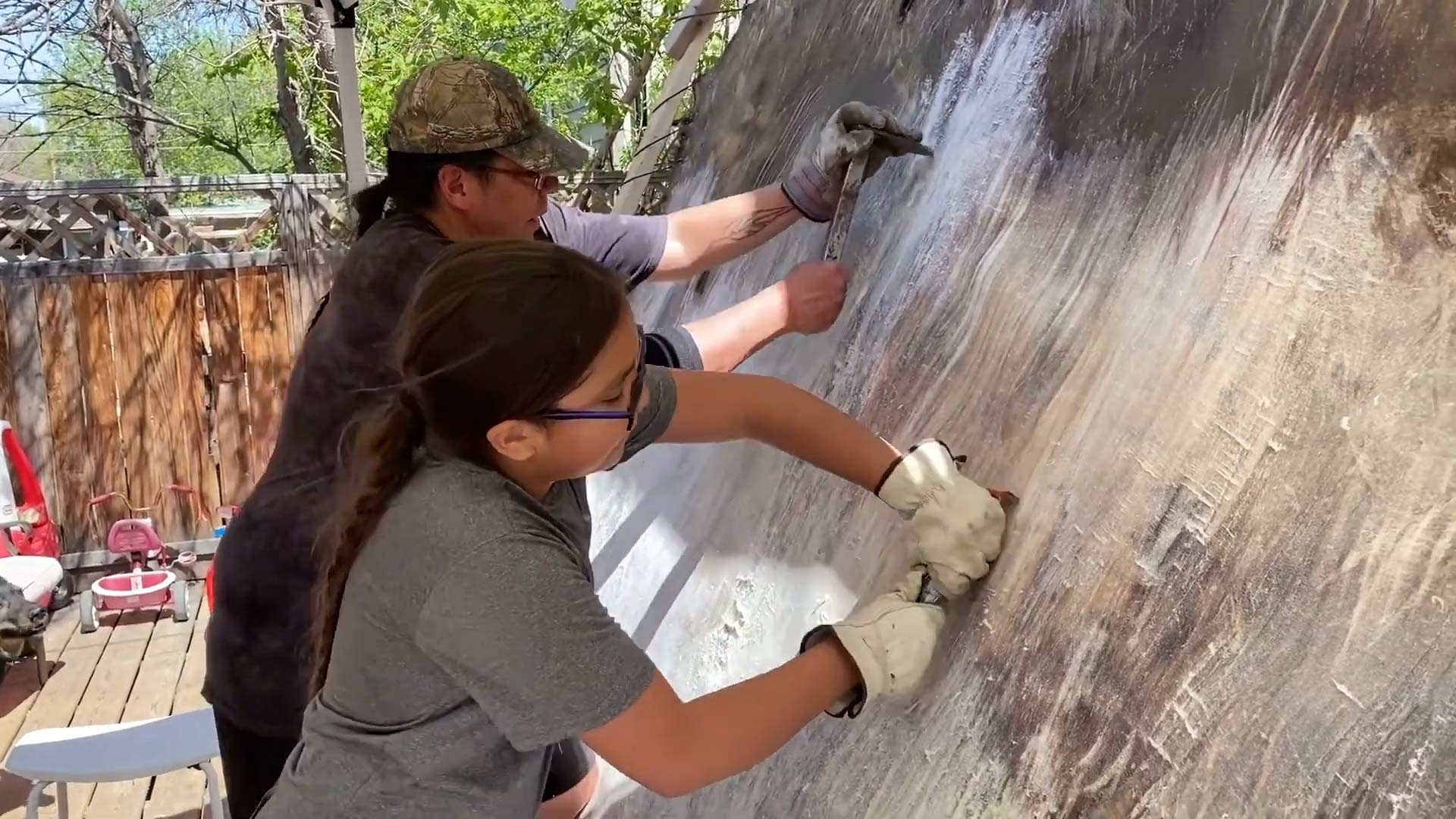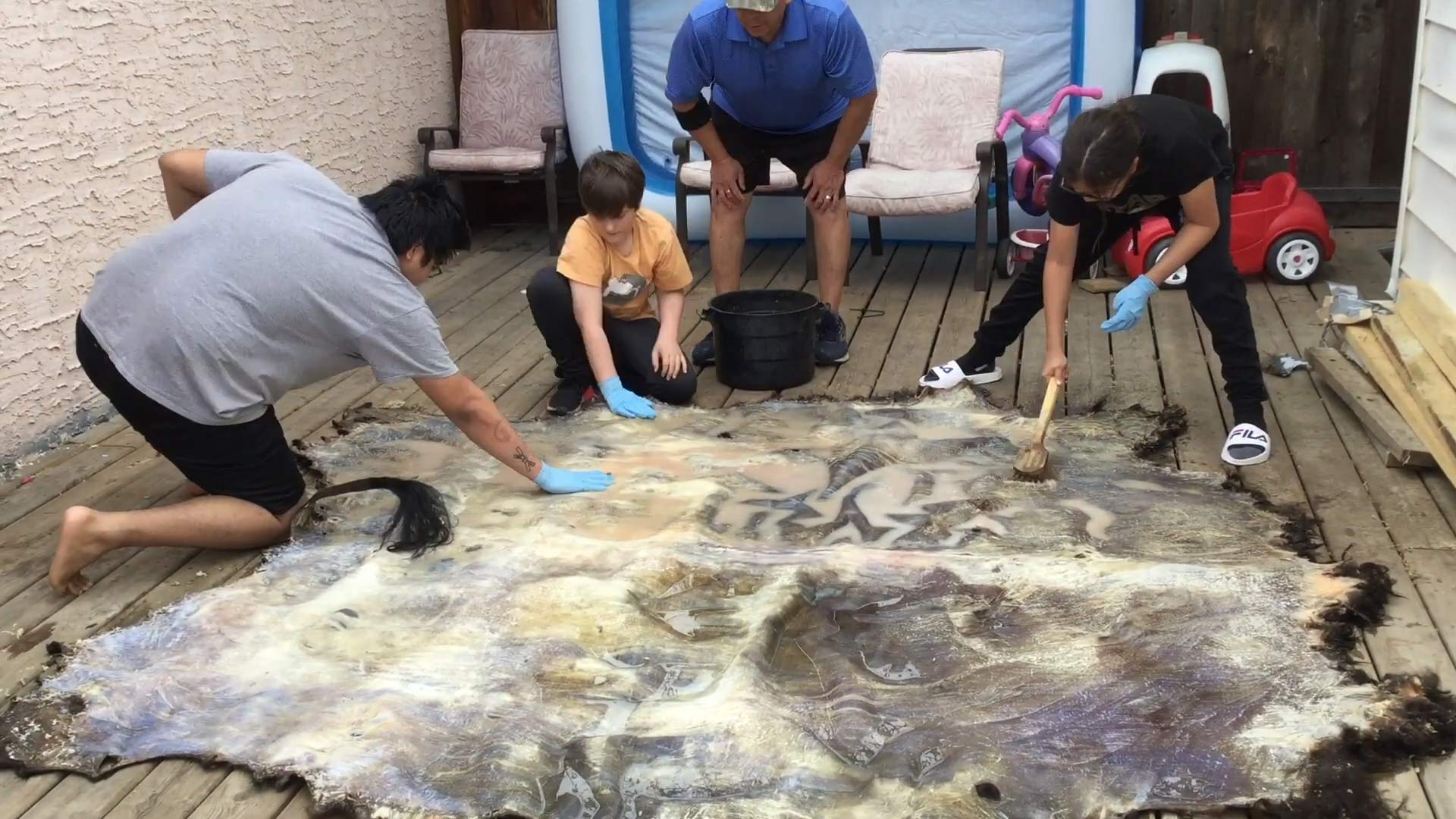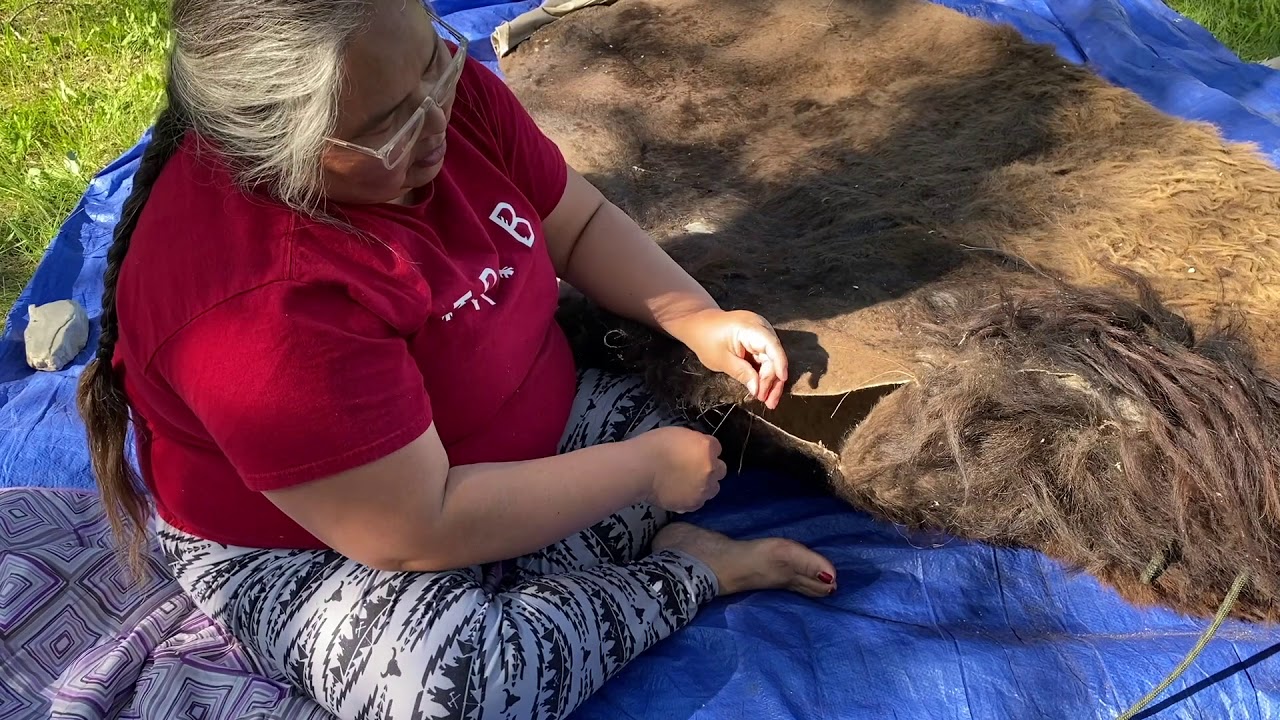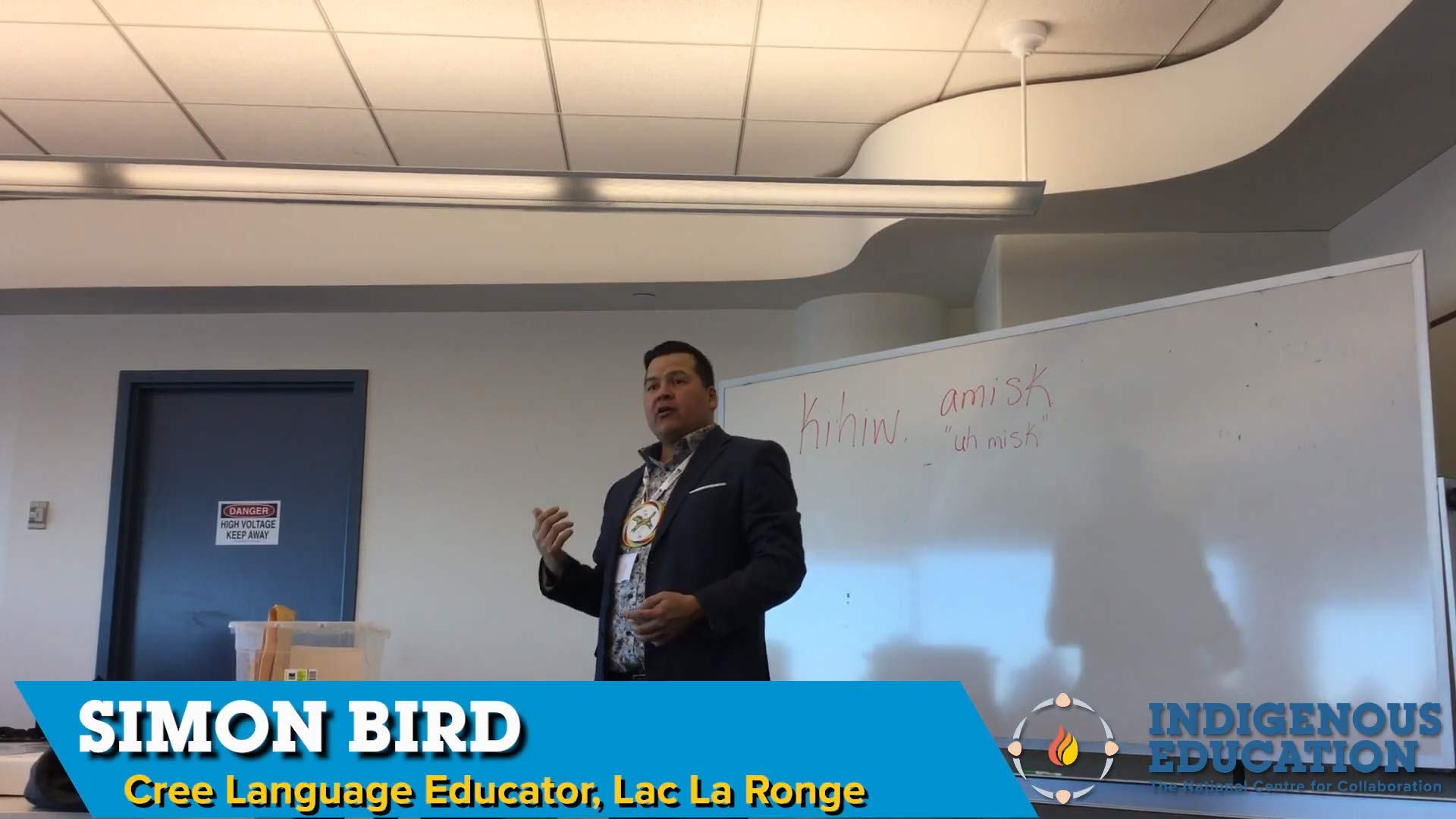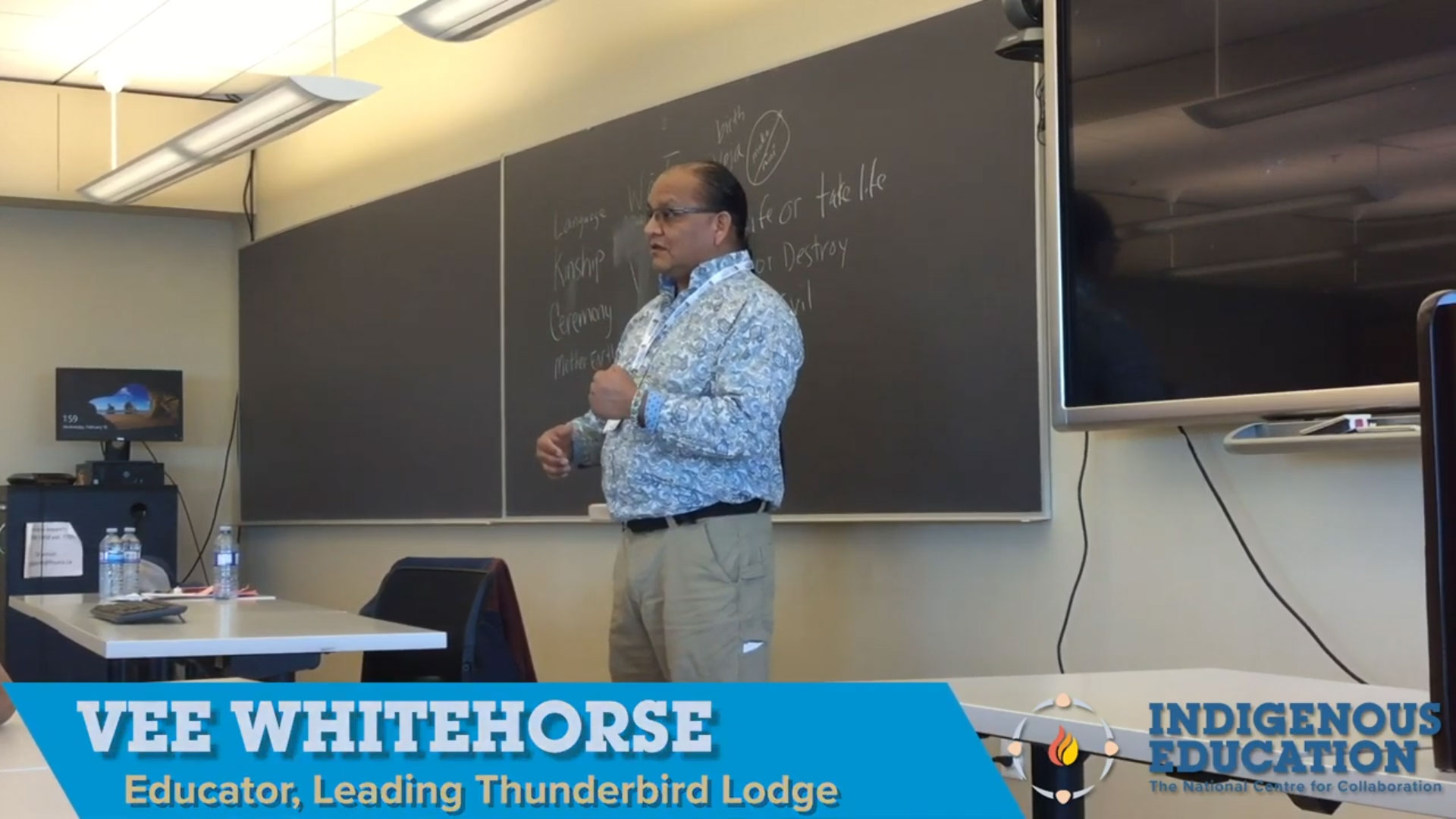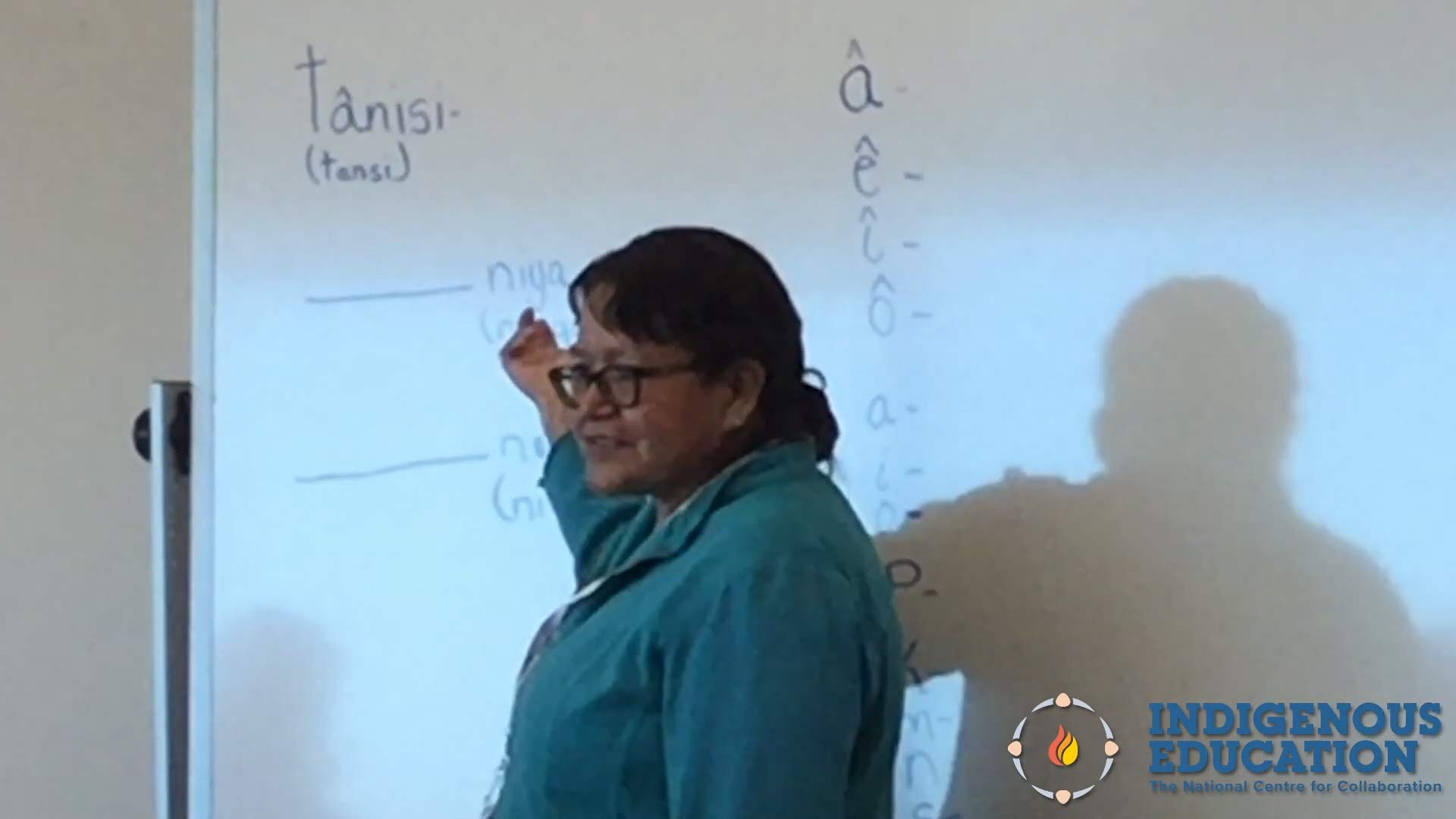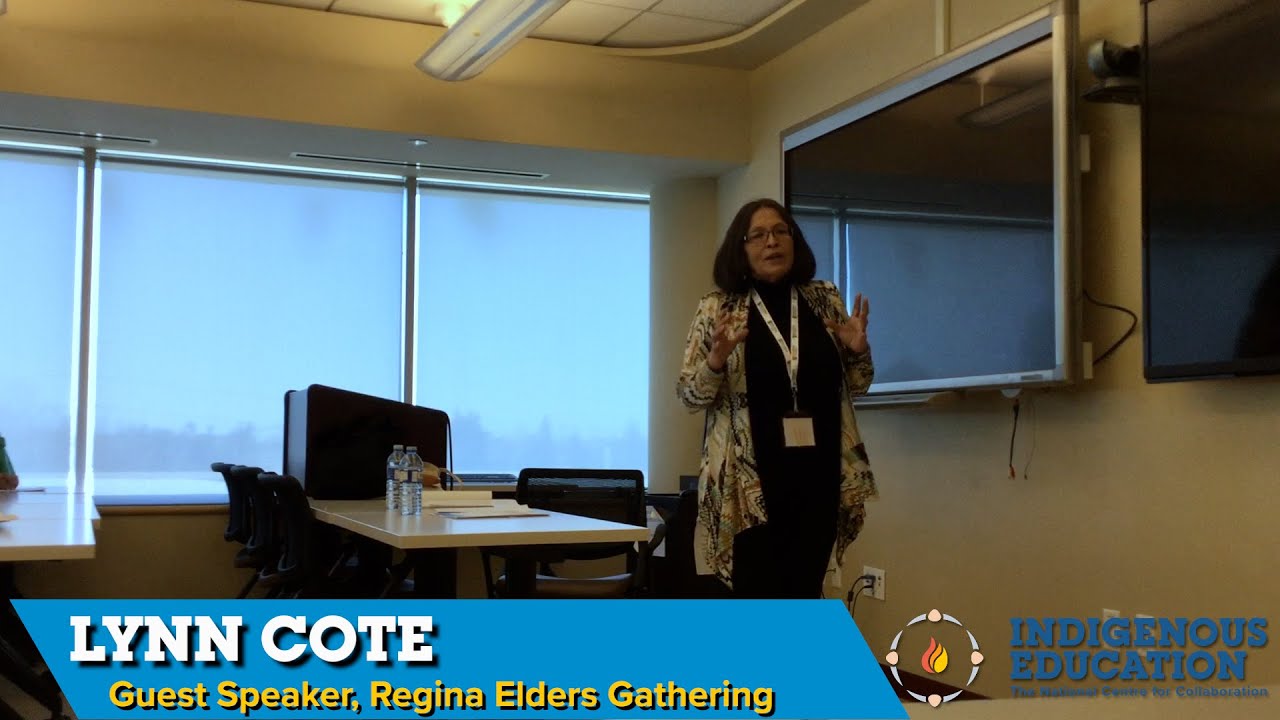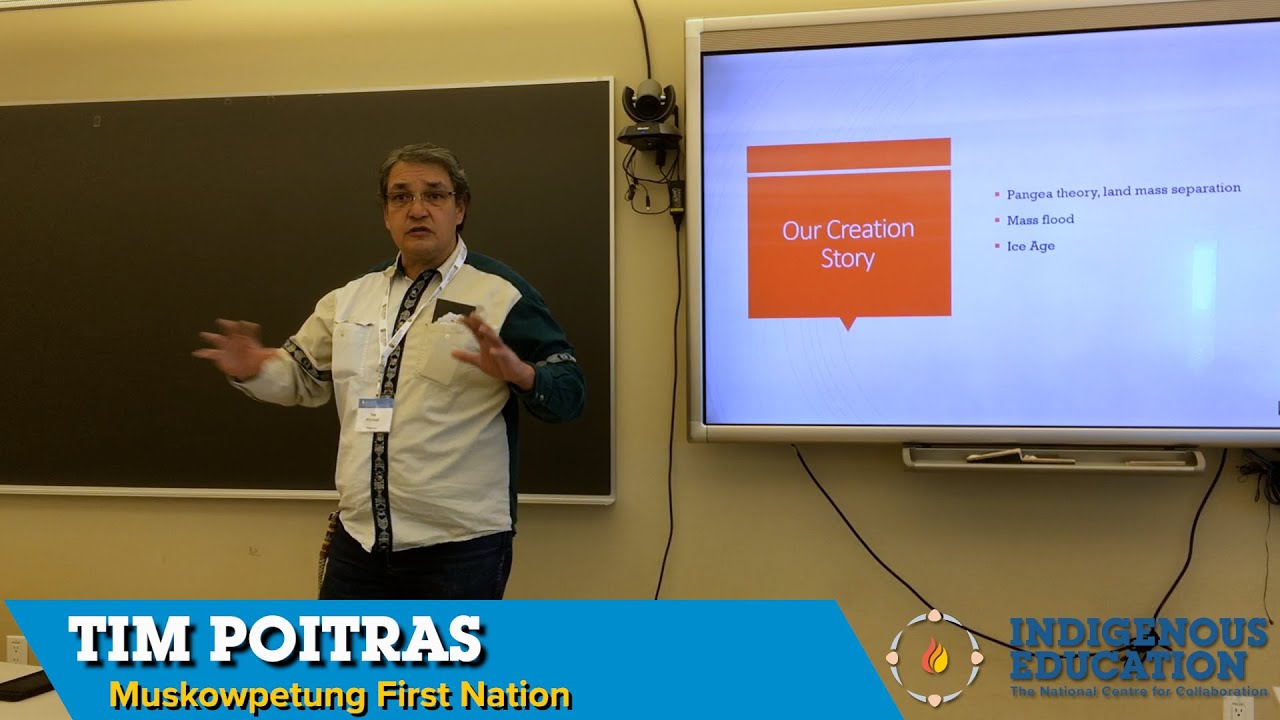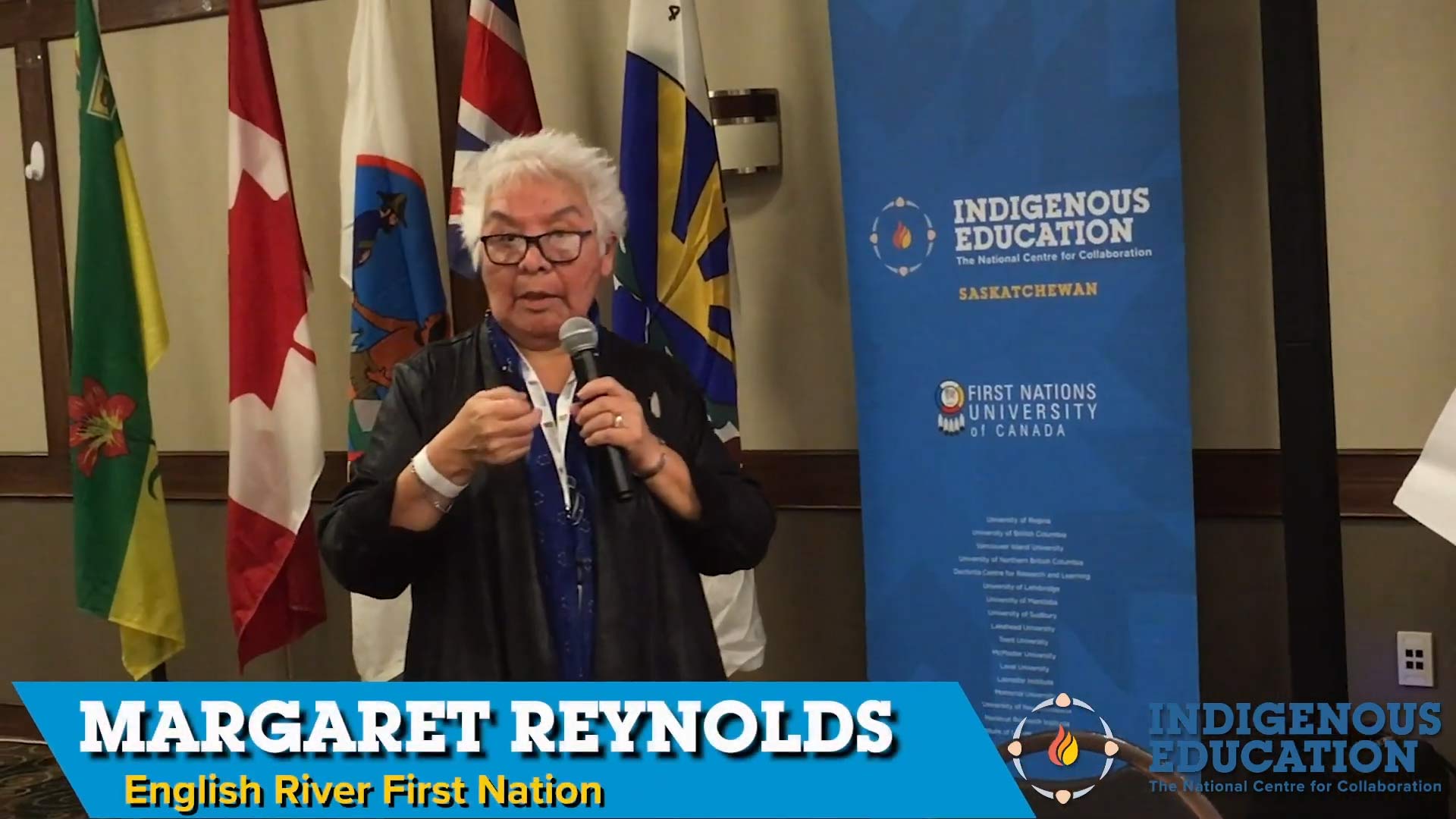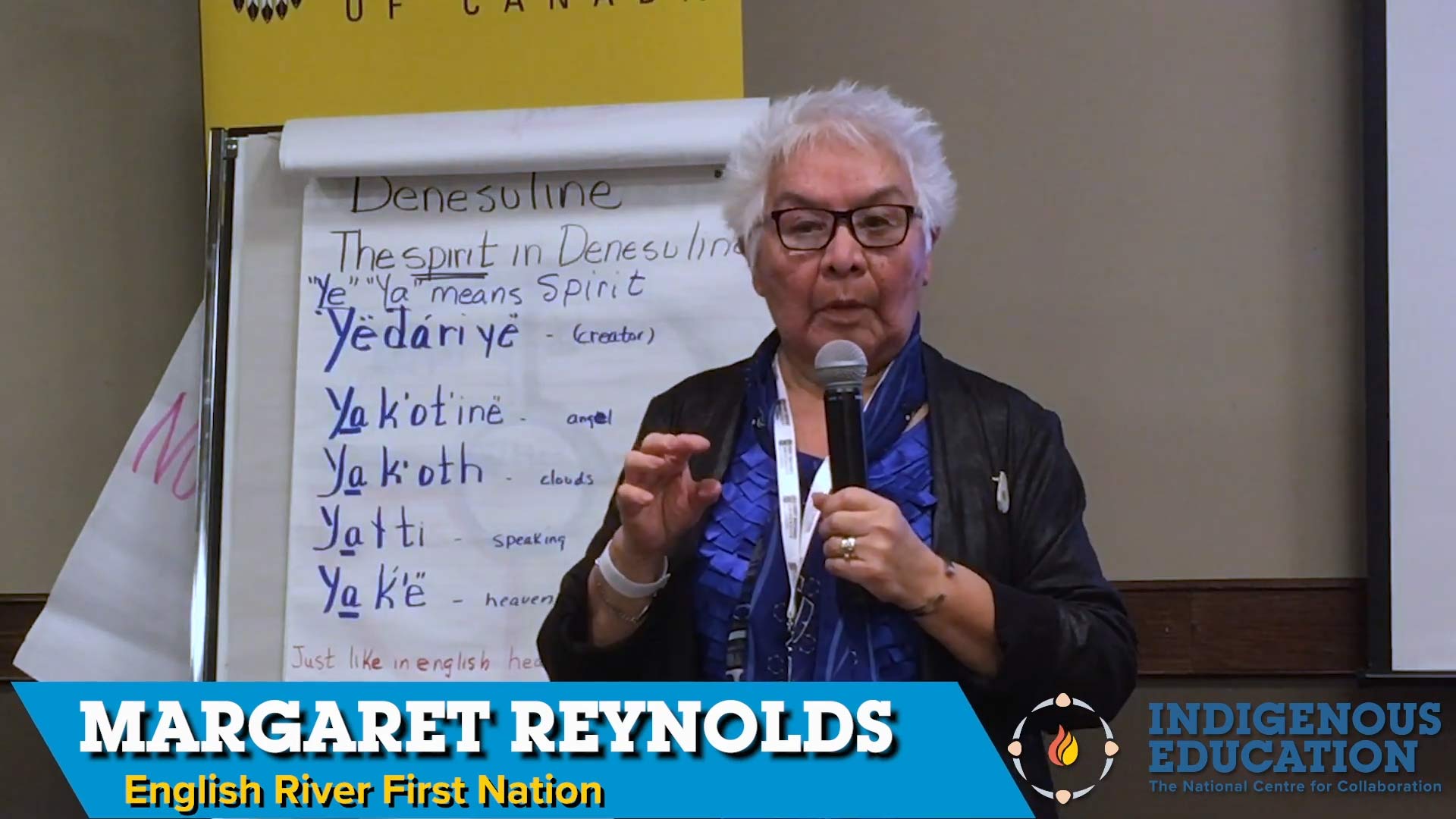This video reveals the physical, mental, and emotional challenges involved in days of scraping a buffalo hide. The endurance of the people scraping reveal a strong mind and strong spirit which help them arrive at the next phase of buffalo hide tanning.
Joely BigEagle-Kequahtooway and Lorne Kequahtooway are artists and leaders behind the Buffalo People Arts Institute (BPAI). Founded in 2015, BPAI became a non-profit organization whose mission is to share traditional Indigenous teachings and knowledge in order to raise social consciousness and create awareness of the power and strength drawn from blood memory and our connection to the buffalo.
In collaboration with NCCIE and Common Weal, BPAI documents the process of and teachings about buffalo hide tanning. This series of stories entitled, Buffalo Hide Tanning and Teachings, takes you on a journey of exploring connection to the buffalo while also reflecting on the social and historical realities of the buffalo and the people who rely on its survival.
